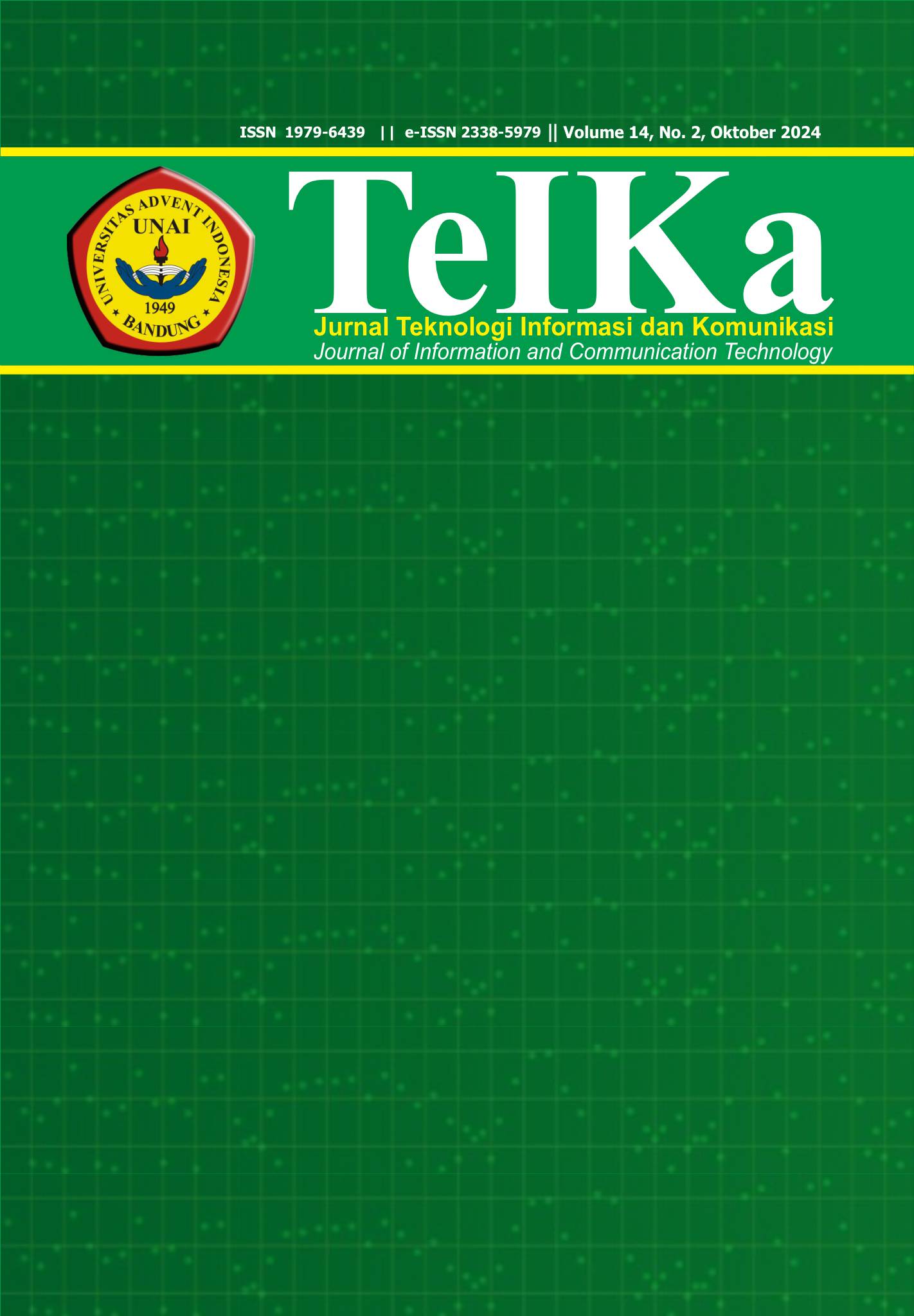Restricting Attendance Distance in the Online Attendance System Using The Haversine Formula
Keywords:
DSRM, Haversine Formula, Attendance, Extreme Programming, RadiusAbstract
The transformation of the manual attendance system into an online system has been carried out by various parties, including government agencies, offices, and schools. For example, a school that has implemented an electronic-based learning management system can use the attendance form feature as a way to record students' attendance in the learning process. However, this feature is considered to have shortcomings when applied during face-to-face learning in class because absent students can still fill in from wherever they are as long as they can access the form. The existence of a radius limit is necessary to limit only students who are within the range of the class area to be able to fill out the attendance form. This research aims to design an online presence system by applying the haversine formula using the Extreme Programming method. This formula was chosen because it is suitable for calculating the distance between two coordinate points on the earth's surface assuming the earth is round. Extreme Programming is a method for building fast software systems that consists of planning, design, coding, and testing phases. Through 30 experiments, a percentage of 96.6% was obtained, which shows that the haversine formula can be applied to limit the distance in a presence system.
Downloads
References
S. Sultana, A. Enayet, and I. J. Mouri, “A Smart, Location Based Time and Attendance Tracking System using Android Application,” International Journal of Computer Science, Engineering and Information Technology, vol. 5, no. 1, pp. 01–05, Feb. 2015, doi: 10.5121/ijcseit.2015.5101.
A. P. Aldya, A. Rahmatulloh, and M. Fachurroji, “HAVERSINE FORMULA UNTUK MEMBATASI JARAK PADA APLIKASI PRESENSI ONLINE,” vol. 4, no. 2, 2019.
A. Fali Oklilas, D. Siswanti, and M. Dieka Rachman, “Akurasi Pembacaan GPS pada Android untuk Location Based Service (Studi Kasus: Informasi Lokasi SMA di Palembang) Reading Accuracy GPS in Android for Location Based Service (case study: Location Information of Senior High School in Palembang)”, [Online]. Available: http://journal.ipb.ac.id/index.php/jika
E. Yulsilviana, P. Adytia, and I. N. Riandika, “PENCARIAN DRIVER DRY CLEAN TERDEKAT DENGAN METODE HAVERSINE FORMULA,” Sebatik, vol. 25, no. 1, Jun. 2021, doi: 10.46984/sebatik.v25i1.1210.
C. N. Alam, K. Manaf, ) Aldy, R. Atmadja, ) Digital, and K. Aurum, “Implementation of Haversine Formula for Counting Event Visitor in The Radius Based on Android Application 1).”
D. R. Amalia, “PENINGKATAN AKURASI PENENTUAN LOKASI PADA APLIKASI ANDROID MENGGUNAKAN ASSISTED GPS (A-GPS) DAN KALMAN FILTER,” 2020.
A. Hevner and J. Park, “Design Science in Information Systems Research,” 2004. [Online]. Available: https://www.researchgate.net/publication/201168946
Q. Deng and S. Ji, “A Review of Design Science Research in Information Systems: Concept, Process, Outcome, and Evaluation,” Pacific Asia Journal of the Association for Information Systems, pp. 1–36, 2018, doi: 10.17705/1pais.10101.
K. Peffers, T. Tuunanen, M. A. Rothenberger, and S. Chatterjee, “A design science research methodology for information systems research,” Journal of Management Information Systems, vol. 24, no. 3, pp. 45–77, 2007, doi: 10.2753/MIS0742-1222240302.
Fidi Supriadi, Y. Yan Sofiyan, and Muhammad Agreindra Helmiawan, “A Model of Virtual Learning Environments Using Micro-Lecture.”
L. Sadath, K. Karim, and S. Gill, “Extreme programming implementation in academia for software engineering sustainability,” in 2018 Advances in Science and Engineering Technology International Conferences, ASET 2018, Institute of Electrical and Electronics Engineers Inc., Jun. 2018, pp. 1–6. doi: 10.1109/ICASET.2018.8376925.
S. Nidhra, “Black Box and White Box Testing Techniques - A Literature Review,” International Journal of Embedded Systems and Applications, vol. 2, no. 2, pp. 29–50, Jun. 2012, doi: 10.5121/ijesa.2012.2204.
Downloads
Published
How to Cite
Issue
Section
License
Copyright (c) 2024 TeIKa

This work is licensed under a Creative Commons Attribution-ShareAlike 4.0 International License.
The submitting author warrants that the submission is original and that she/he is the author of the submission together with the named co-authors; to the extend the submission incorporates text passages, figures, data or other material from the work of others, the submitting author has obtained any necessary permission.
Articles in this journal are published under the Creative Commons Share Alike Attribution Licence (CC-BY-SA What does this mean?). This is to get more legal certainty about what readers can do with published articles, and thus a wider dissemination and archiving, which in turn makes publishing with this journal more valuable for you, the authors.
By submitting an article the author grants to this journal the non-exclusive right to publish it. The author retains the copyright and the publishing rights for his article without any restrictions.










